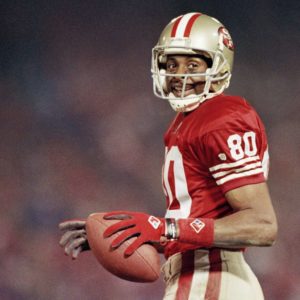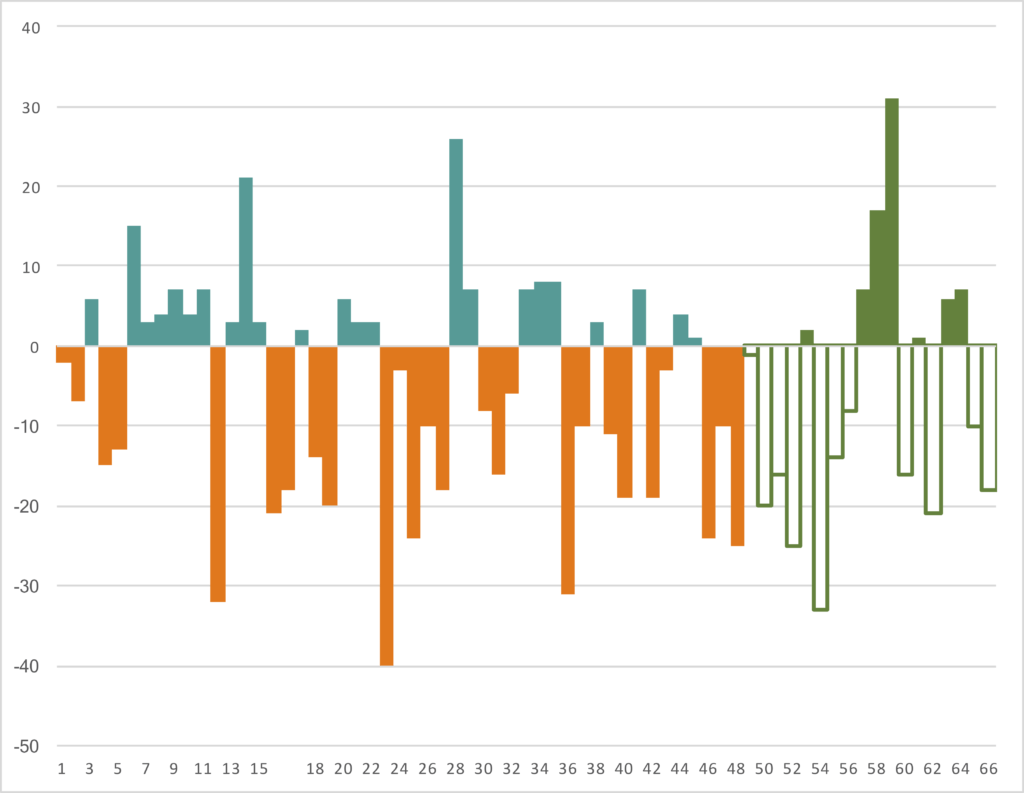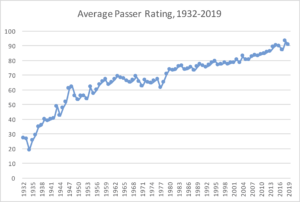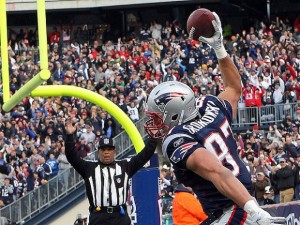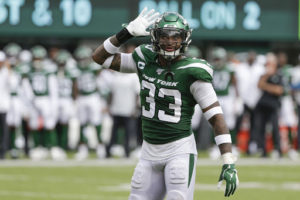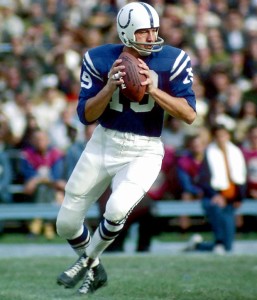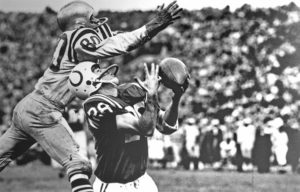Previously:
The two football teams in Ohio have taken very different approaches to offensive football. With first overall pick Joe Burrow at quarterback, the Bengals have quickly become one of the most pass-happy teams in the NFL. Cincinnati played Philadelphia to a tie in week three, and yet Burrow had 52 dropbacks while Cincinnati handed off the football just 17 times. This game was close throughout and yet the Bengals were still extremely pass-happy. In fact, since the start of the 2014 season there have been just four games where a team did not lose or trail by more than 6 points after the second and third quarters, and still passed on at least 74% of their plays: two Tom Brady games, one Aaron Rodgers game, and the Bengals in week three.
A week ago, I noted that Cleveland ran on 60% of their plays for the first time in 5 years. Well in week 3, the Browns trailed entering the 4th quarter, and yet still ran on 57% of plays. That has not happened for Cleveland since 2009 and has happened just five times since the Browns rejoined the NFL in 1999. The Browns were just the 14th team since the start of the 2015 season to meet those two thresholds, a sure sign that Cleveland is now one of the most run-heavy teams in football.
The Cowboys had one of the NFL’s most pass-heavy games in week three. Dak Prescott threw 57 passes, tied for the third most in Cowboys history. Dallas rarely passes this often, and when they do, it’s usually because of a large deficit. But against Seattle, the Cowboys were competitive most of the game and led late. Prescott himself was responsible for nearly half of the team’s rushing yards, too; he finished with 484 yards of offensive, setting a new Dallas franchise record.
Miami also checked in as very run-heavy in week three; the Dolphins ran on over 63% of plays in a game they handled most of the way. Miami finished with both the strongest game script and the strongest run ratio, but Miami still had a very run-heavy gameplan. A good comparison would be to Tampa Bay, who had a similar Game Script but once again checked in as super pass-happy. For the second straight week, Tom Brady and company went pass-happy in an easy win. Last week, the Bucs passed 61.4% of the time in a game with a +11.6 Game Script; this week, it was 61.5% with a +12.1 Game Script. From 2017 to 2020, there were only five games where a team led by double digits at the end of each quarter and threw on 61% of their pass plays; the 2020 Bucs are responsible for two of those games, and Tom Brady is responsible for three of them.
The more surprising development continues to be how pass-happy the Buffalo Bills have become. Buffalo had a Game Script of +8.4, albeit in a weird game that saw the team trailing in the final minute. Still, the Bills — who checked in as very pass-happy over the first two weeks — passed on 64% of their plays in week three. Among all winning teams, Buffalo had the second highest pass ratio in week 3, trailing only the Bears — who had a -8.5 Game Script! Josh Allen continues to be the engine in the Buffalo offense.
As for those Bears, it marked the second straight week where Atlanta lost with a Game Script of over +8.0. Meanwhile, the Jets gave up for the second week in a row, but what more is there to right about? At some point, the stats don’t really need to be broken down.

